
Cosmic horror seems to be having a bit of a moment in the last few years with productions such as Colour out of Space, Mandy, and Annihilation giving audiences feature-length thrills and the likes of Alex Fofonoff’s While Mortals Sleep and Ryan Mackfall’s Backwoods making waves in the short film world. The attraction to stories about the fear of the unknown is rife. This trend continues with Giles Buchanan’s short cliffside thriller Terror, which sees a lone survivor of a mountain climbing accident recall the supernatural occurrence that led to devastating consequences. Buchanan’s short is a terrific example of how editing can be used to maximise tension and it features some truly impressive alpine cinematography. As Terror embarks on its festival run, DN joined Buchanan for a conversation where he reveals the challenging and lengthy process of getting the film made, talking about everything from preparing for the mountain shoot eight months in advance to having the shelve the project halfway through production when the pandemic hit.
How did the initial concept of a climber having a terrifying encounter come to fruition? And can you tell us about writing a script that while ambitious, would still be achievable on a limited budget?
It was a very iterative process. I wrote the bones of the story quite quickly back in about 2018 and it kept evolving over time, right the way through production. I had this vague image of a mountaineer essentially climbing to his doom and there was an inherent tension to it that I couldn’t stop thinking about.
The tricky bit was trying to find a compelling story from that initial fragment, one that fits the short form and feels complete. That just took time, a lot of reading and a lot of re-writing and drawing inspiration from other films, literature and stories I love. The obvious one to mention is H.P. Lovecraft whom I quote right at the beginning and anyone familiar with his work will notice some thematic influences. That short sentence really helps to establish the tone and atmosphere that I wanted, but it also contains everything the viewer needs to know to understand the ‘hero’s’ motivation.
I also tend to be drawn to films that take me somewhere I haven’t been, or somewhere out of the ordinary.
The other side of all this of course is writing a story that’s actually possible to shoot on a budget. So the initial development of the story is partly a product of the limitations I was up against. I have always loved mountains and have spent a lot of time in them, so as well as being naturally inspired by them, I also knew what was possible to film, if the conditions were right, and what wasn’t possible. So there’s a reason the protagonist is the belayer, rather than the lead climber, and there’s a reason there’s no dialogue in the mountain sequence, the wind would just make it so difficult. It’s little things like that that all eventually come together and help dictate the final story you tell.
Other than that, I think mountains are simply places of great drama and mystery and filled with atmosphere. Ever since I was a kid, they allowed my imagination to run a bit wild. I also tend to be drawn to films that take me somewhere I haven’t been, or somewhere out of the ordinary. So there was a desire to try and take the audience on a small journey into an environment that felt a bit remote and captivating.
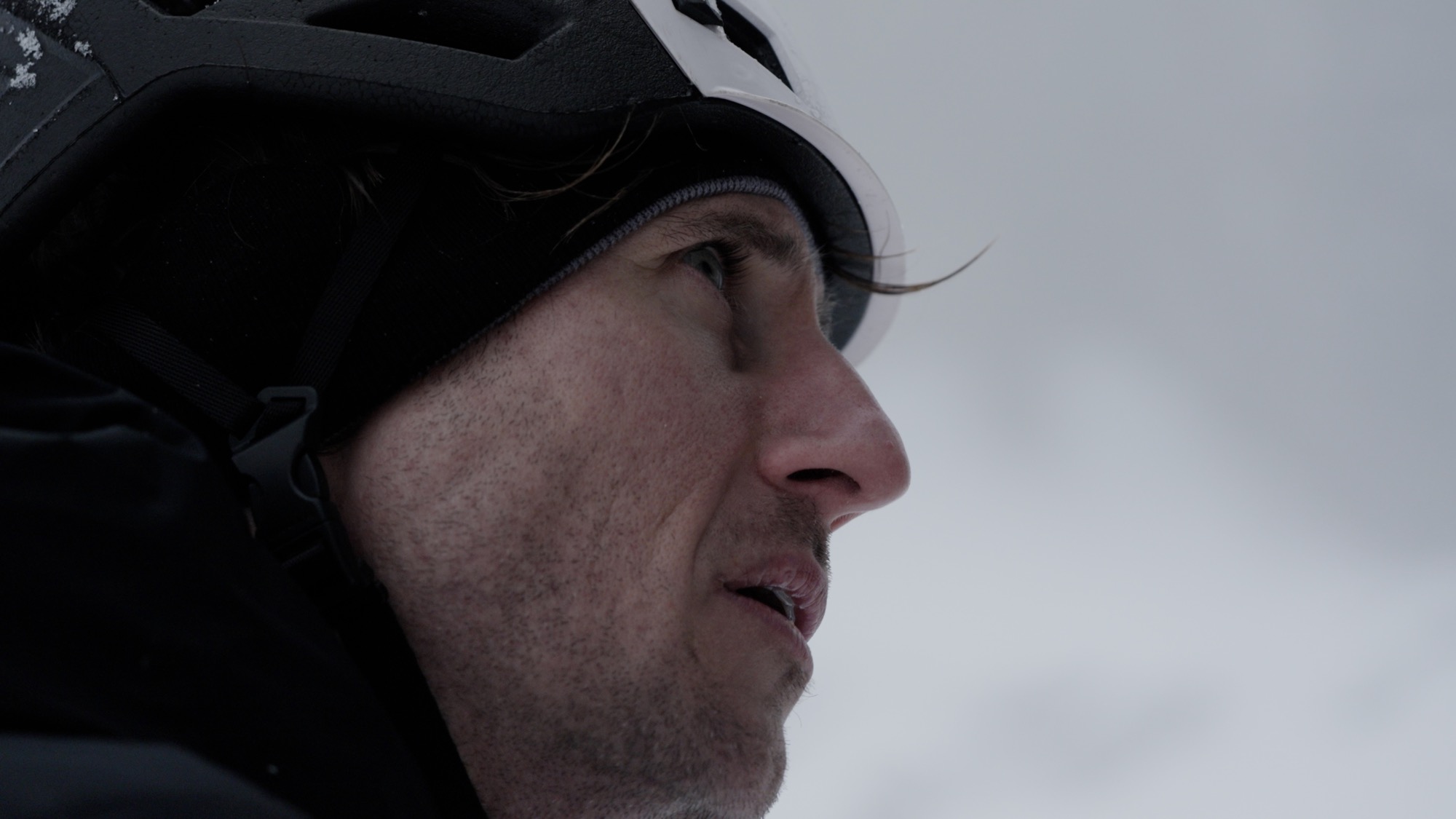

What did the preproduction and preparation for Terror look like?
For pre-production, fear of failure was the main obstacle. Just getting into the mental headspace where I was fully committed to executing it was a struggle for a bunch of reasons. Because it was my first narrative short, I didn’t feel comfortable asking anyone else for money to make it so that took time. But mainly, there were just so many unknowns: I had no concept of who would be willing to trust me; the kind of talent I could persuade to join me, etc…
Other than the script, I had very little to show to my potential collaborators. So the best I really hoped for was that I could bait people in with the promise of filming on location, on Ben Nevis, for real, which I think probably doesn’t come around all that often. But you start slowly, and my first victim was Yannick, the DoP, who I met on a small commercial shoot in London. We bonded over a shared affection for vintage Leica lenses and I managed to persuade him to meet for a drink and ambushed him with a treatment.
There was a desire to try and take the audience on a small journey into an environment that felt a bit remote and captivating.
How was casting Charles Sandford, what about him stood out to you?
Casting Charles Sandford, who played the lead, was the next significant moment. As soon as I watched his reel something clicked for me, so I just reached out to see what would happen. I was so happy, and relieved, when he said yes and he became a wonderful collaborator, both in terms of further developing the story, but also just keeping the faith for such a crazy long time. The existence of the snake in the story fell out of conversations we had together. So things like that which feed back into the development of the story are really fun and a great learning experience.
The snowball went on from there, and one by one I found the most amazingly talented group of people who helped to make the thing possible; from actors, to crew to the mountain safety team.
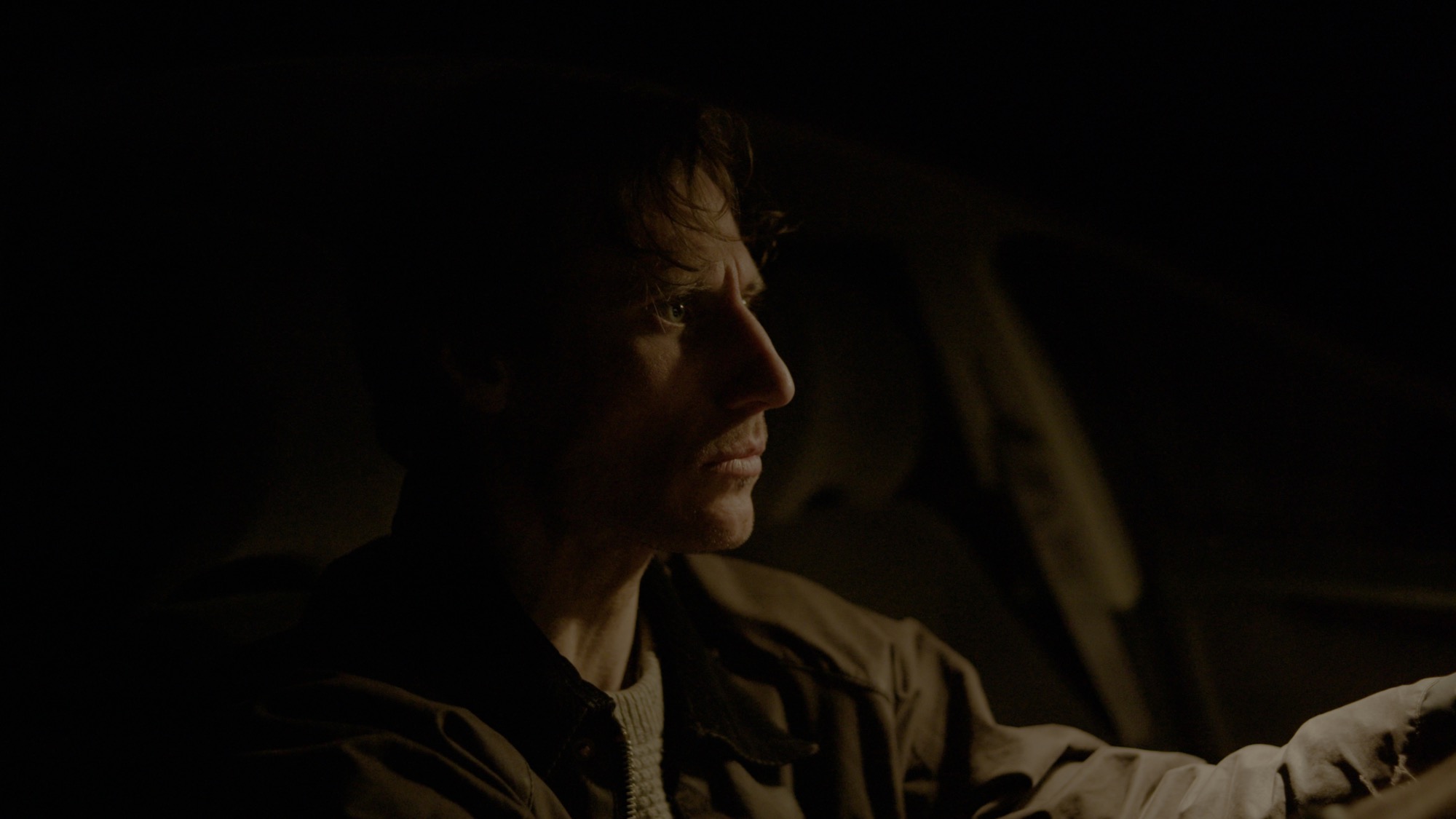
Could you take us through the challenges of shooting on a real mountain? How does that work in practice?
Looming over everything I’ve just mentioned was the margin of error I’d created by actually shooting this on a real mountain. I’m not normally one to ham things up, but the one thing I had absolutely no control over was the weather. I had planned the mountain shoot in as much detail as humanly possible. Donald King, the lead safety instructor and Scottish mountain legend, helped me figure some of this out. It was going to be one training day, followed by four shoot days… only two of those with the actors. But in weather terms, picking the right window is just a roll of the dice. We could have had five days of appalling weather: white-out conditions, blizzards, no snow, or driving hail or rain and we’d have come away with nothing and very likely no film.
The cost and planning of bringing all those elements together meant there was no second roll of the dice either, I had to book the guides and fix the date about eight months prior. We would get what the mountain allowed us to get, end of. So the whole thing was predicated on a gamble which is why I mention the whole pre-production process being so nerve-racking. As it happened, we were blessed with a five day stretch of near perfect conditions which Donald made sure to remind us about each day that passed.
It sounds like there were a lot of different elements to balance, both literally and metaphorically.
Even though it is just a short film, the workload becomes quite overwhelming, especially without a producer to support you. So although principal photography took place in late February 2020, I decided to shelve parts of the production like the Interrogation sequence and the burning of the car and deal with them later. The idea was to focus fully on the mountain sequence as it was so complex. But the place we were staying at doubled up as the location for the sequence between Charles and Vivienne, so we decided to shoot that there too. It doesn’t sound like a lot, but even with that stripped back schedule those days and nights were pretty brutal. It was about an hour’s drive to Ben Nevis, a two-hour insertion hike up to the location, kit prep and that’s all before doing any filming. Then the same in reverse to get back to the accommodation, eat, then more filming late into the night.. .then repeat again, and again. Everyone put in a monumental shift that week and I will be eternally grateful to them all.
But in terms of the overall production, what we didn’t know at the time was that Covid was about to hit. I still remember some light hearted quips about it, still a seemingly distant threat at that point, as people checked the morning news on their phones as we trudged up Ben Nevis. But it basically put the production into cryo-sleep for what felt like an eternity. The whole interrogation sequence was effectively the narrative spine of the story, and I couldn’t bring myself to start editing properly without that sequence throughout the lockdown periods. I put everything into a proverbial box and locked it away. But to cut a long story short, we wrapped filming bang on two years after principal photography, shooting the ‘interrogation’ sequence in an old nuclear bunker just outside of London. It took far longer than any short film has a right to, and it’s not one that I’d like to repeat. It was a war of attrition.

And when you had all the footage you wanted, how was the editing process? To me, the way the film is cut together is so integral to what makes it such a tense ride.
Post-production again was just about taking it step by step and finding the right people to help you. When you are on a budget and you want to make the best film you can, time is the thing that takes the hit as it comes down to people’s availability and things like that. But I was fortunate to eventually have found amazing Composer Derek Kirkup who, as well as being talented, has patience in spades. I had written the film and designed it in my head to work with quite a specific score that would help seamlessly fuse all of those interconnecting sequences together. If you remove the score from the film it strips almost all of the tension out of it, and I knew that from the beginning. So we spent a long time bouncing things back and forth and finding the very specific tones and textures that felt right and generated that feeling of propulsive anxiety.
Sound design was also critical, especially for the mountain sequence as it was virtually naked. So everything had to be rebuilt from the ground up and was all made possible by Aran Clifford who did a fantastic job. Anyway, we got there in the end. The positive takeaway from all this is that I’ve now met and made some incredible friends and collaborators from all of these different parts of the industry so hopefully the next film will be a hell of a lot quicker.
We would get what the mountain allowed us to get, end of.
Something I wanted to ask earlier was about the kit used for the shoot, were there any specific pieces of equipment you utilised because of the challenging nature of production?
It had to be a system and kit-set that we could physically carry up the mountain and that could tolerate the kind of conditions we were going into. We eventually landed on a Sony FX9 which struck the balance we needed between visual aesthetic, ergonomics, reliability, low light capability, rental cost and weight. We had so much to shoot each day that I didn’t want us to be burdened by the weight, size and clumsiness of a large build. The more stripped back the better. And those documentary style cameras are just better suited to what we were trying to do.
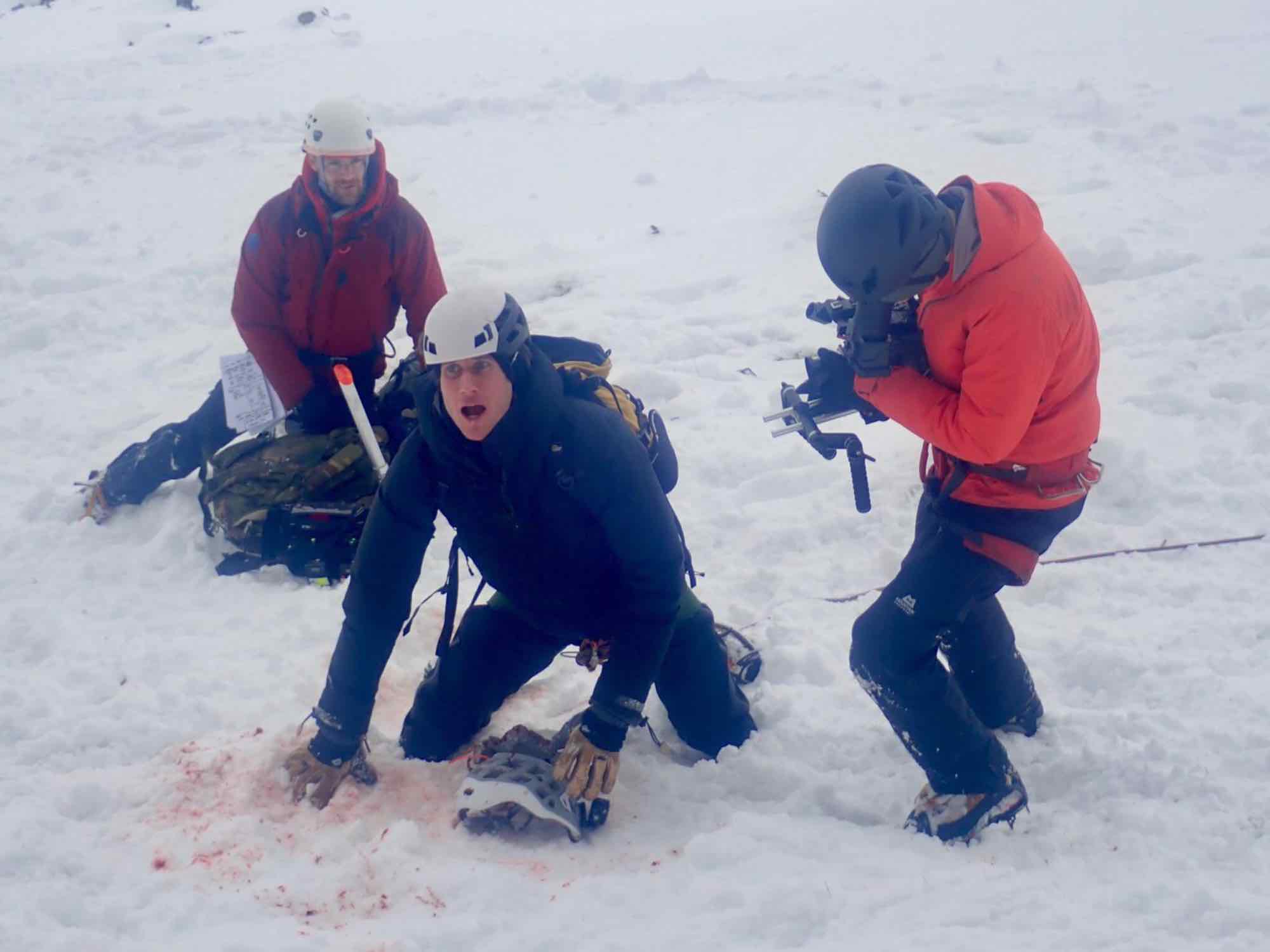
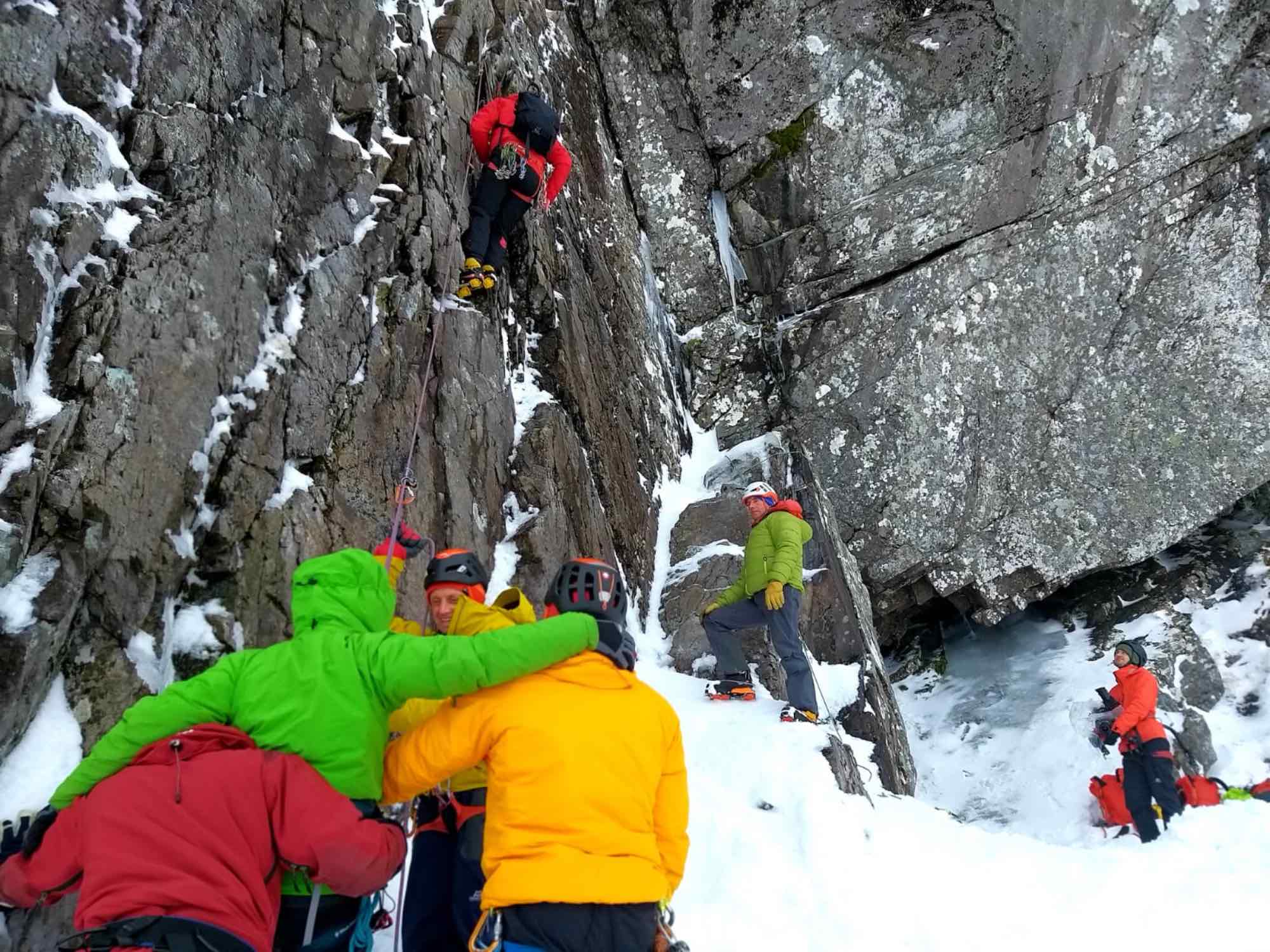
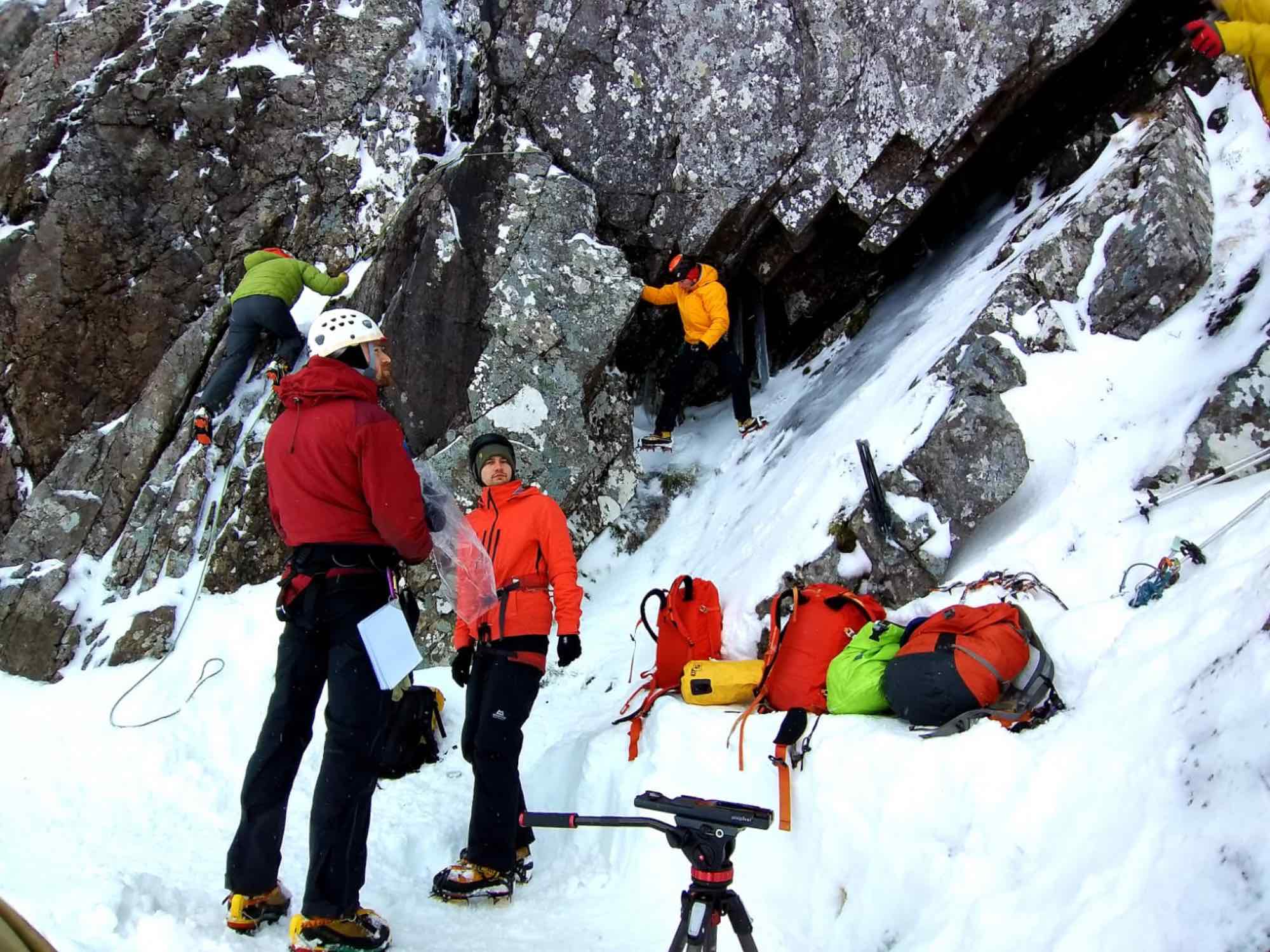
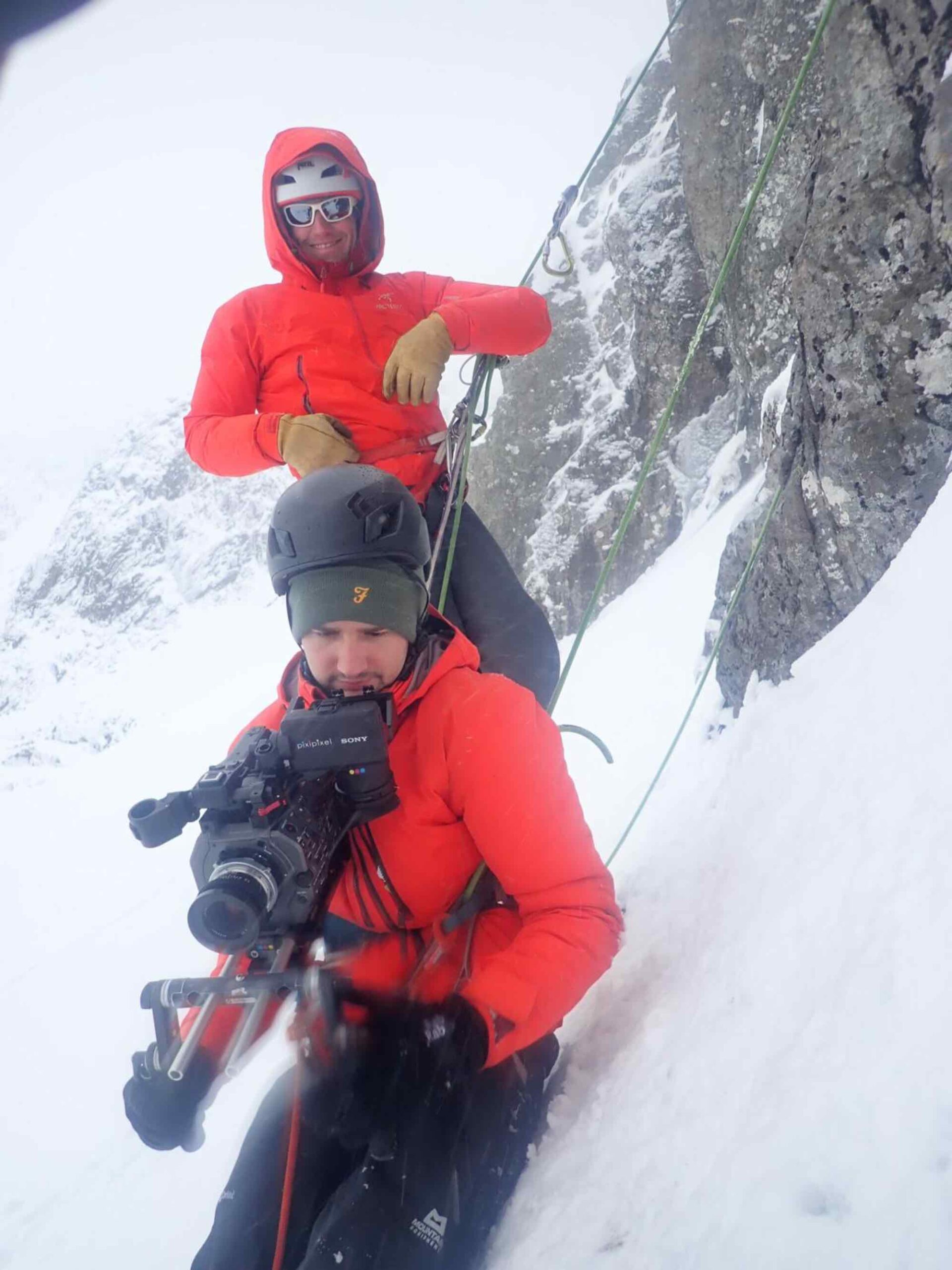
We paired the Sony’s with old Leica-R lenses which both Yannick and I have a small collection of. We also had a small Mavic 2 Pro, a GoPro, a small tripod, a slider and that’s about it. Despite the fortune we had with the weather, everything took an absolute battering from the elements. On the training/familiarisation day, before the very first shoot day, the main camera took a spindrift blast at the worst possible moment… a lens change, and literally died in front of our eyes. I feel sick just remembering it because the thing didn’t come back on until we got right up the mountain the next day and we started setting up for the first shot. We couldn’t afford a like-for-like backup camera, so all we had were Yannick’s Fuji DSLR and I think I had a small Sony a6300. But both of them would have been virtually unworkable in those elements for motion filming, so it really doesn’t bear thinking about.
What lies ahead for your filmmaking?
In terms of the future, I’ve got a few other short scripts and a bunch of ideas that I’m working on. They are by no means all based in mountains, but a couple are… especially as I know even more now than I did before about what’s possible. One script is another horror but largely set in an alpine mountain hut. Another is a study of pure suspense based around a very simple premise, an avalanche rescue. I’m currently finding out what’s possible to do in-camera and would love to shoot that on 16mm. And in the background I’m working on a feature length script. I have no expectations, but it’s nice to dream.
But to be honest, my immediate goal is to try and find a like-minded producer and other collaborators with whom I can team up and start to collude with, writers, actors, VFX artists… you name it. I think there’s a real power to be had when you make strong relationships with people who have different skill sets and I love meeting anyone who is on a similar journey. So I’m open to anything that generates exciting possibilities. We will see what happens off the back of Terror!

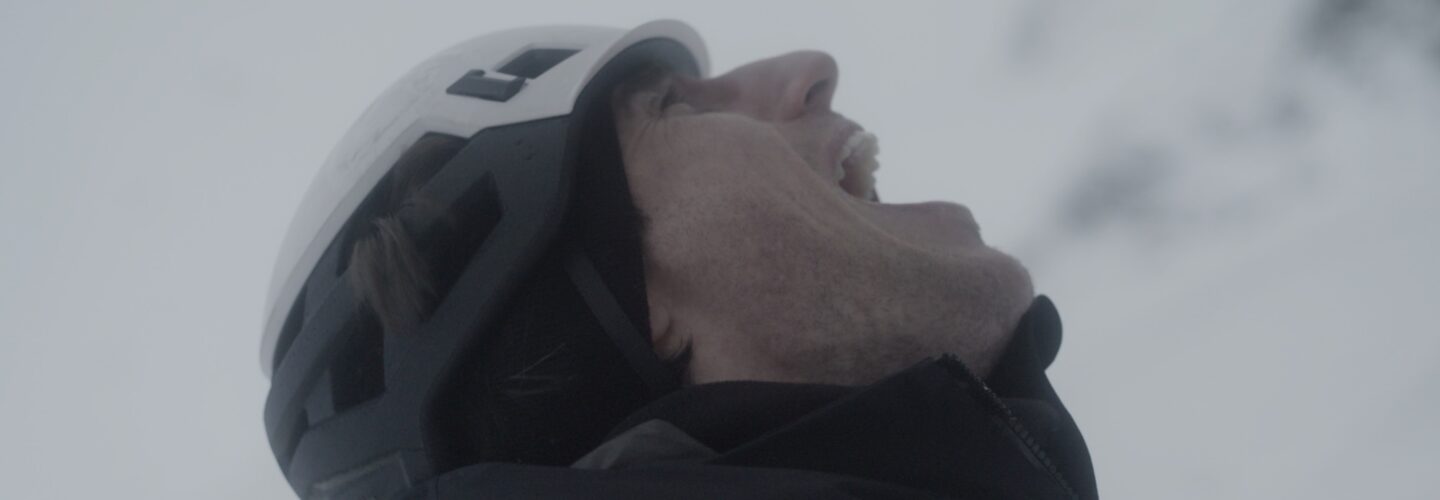

[…] Derek has recently completed scoring the short thriller ‘Terror’ with new collaborator Giles Buchanan. The mix was recently completed at Twickenham Studios and the film has been accepted into Director’s Notes as well as the Indie Shorts Awards Cannes 2023! Check out the trailer below and read about the production process here. […]